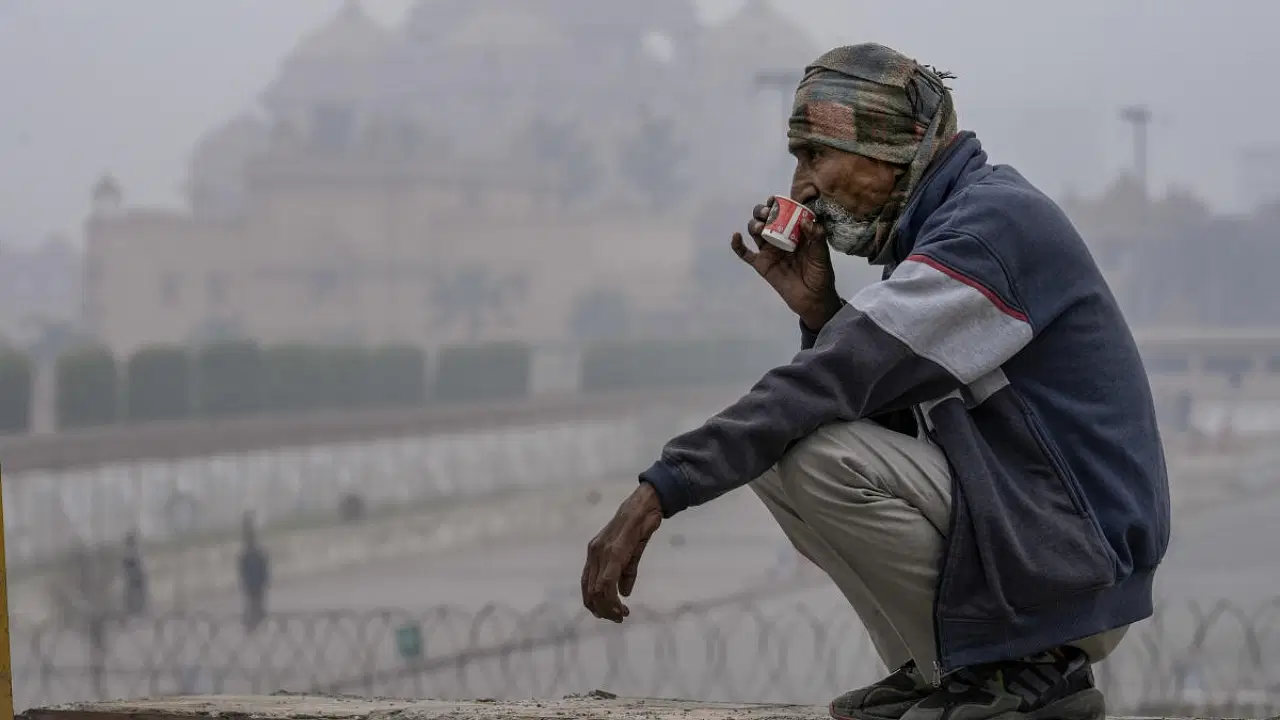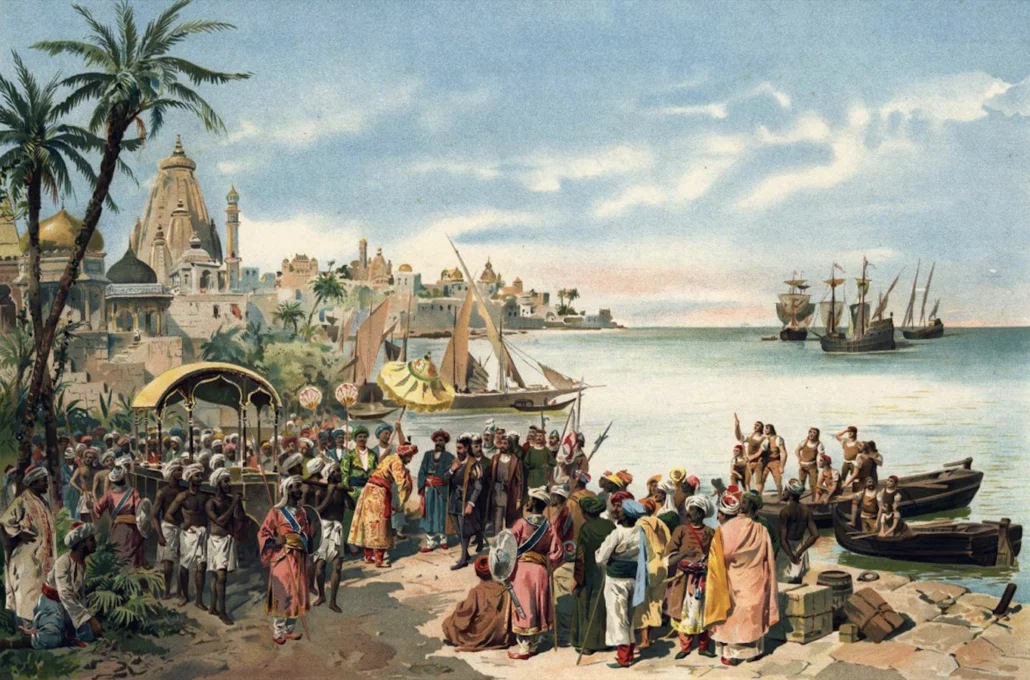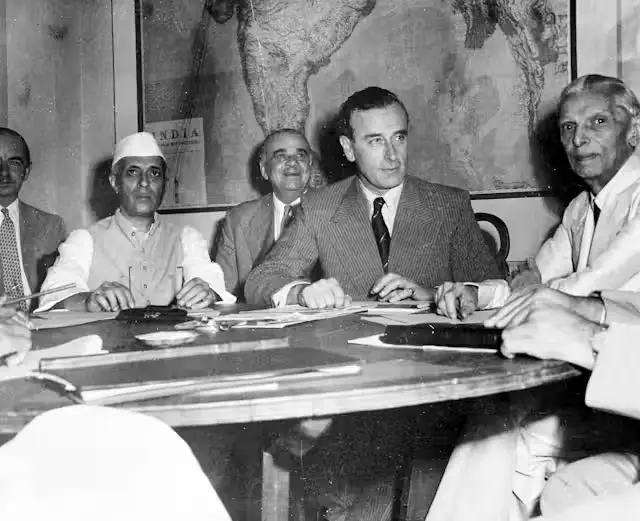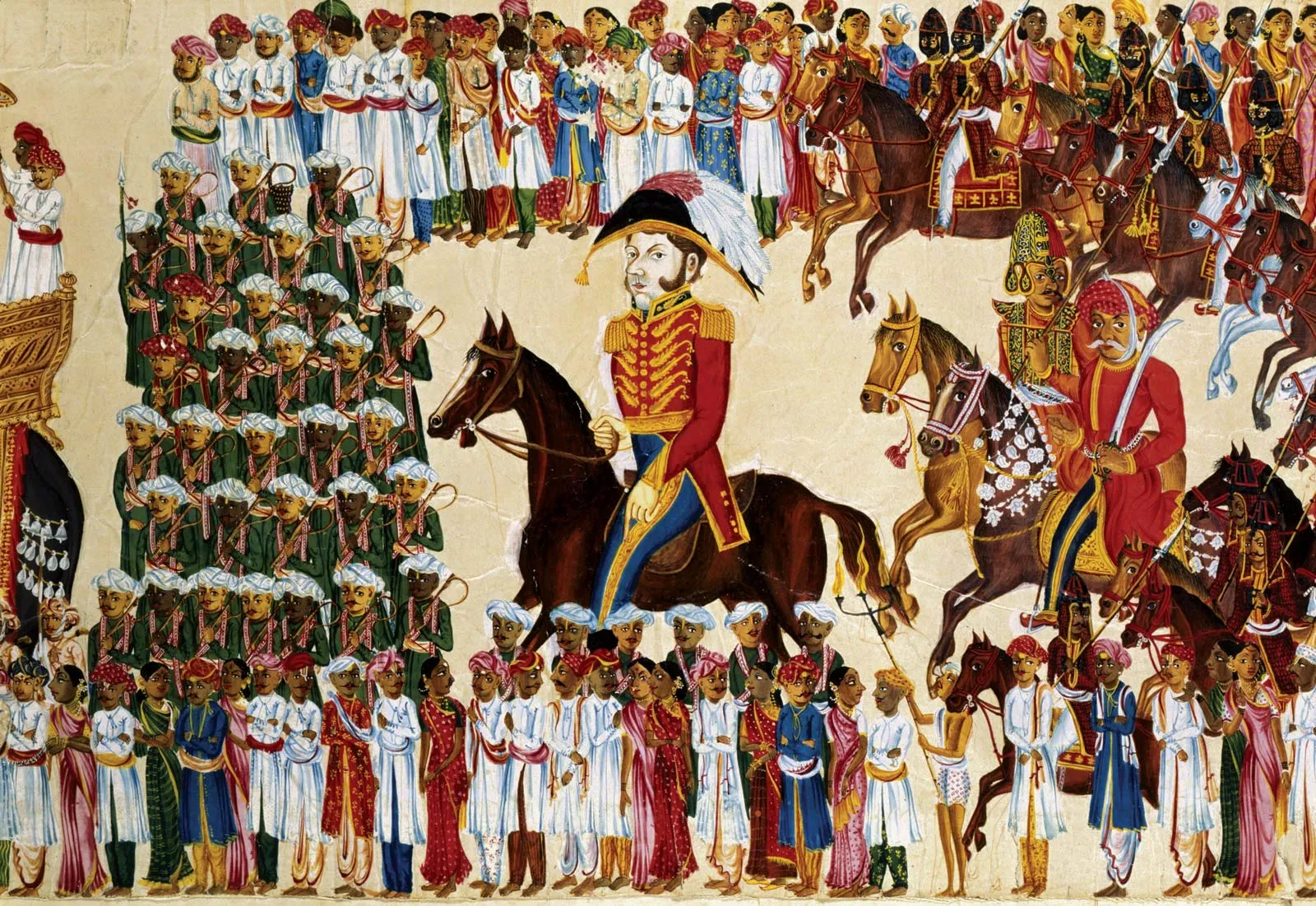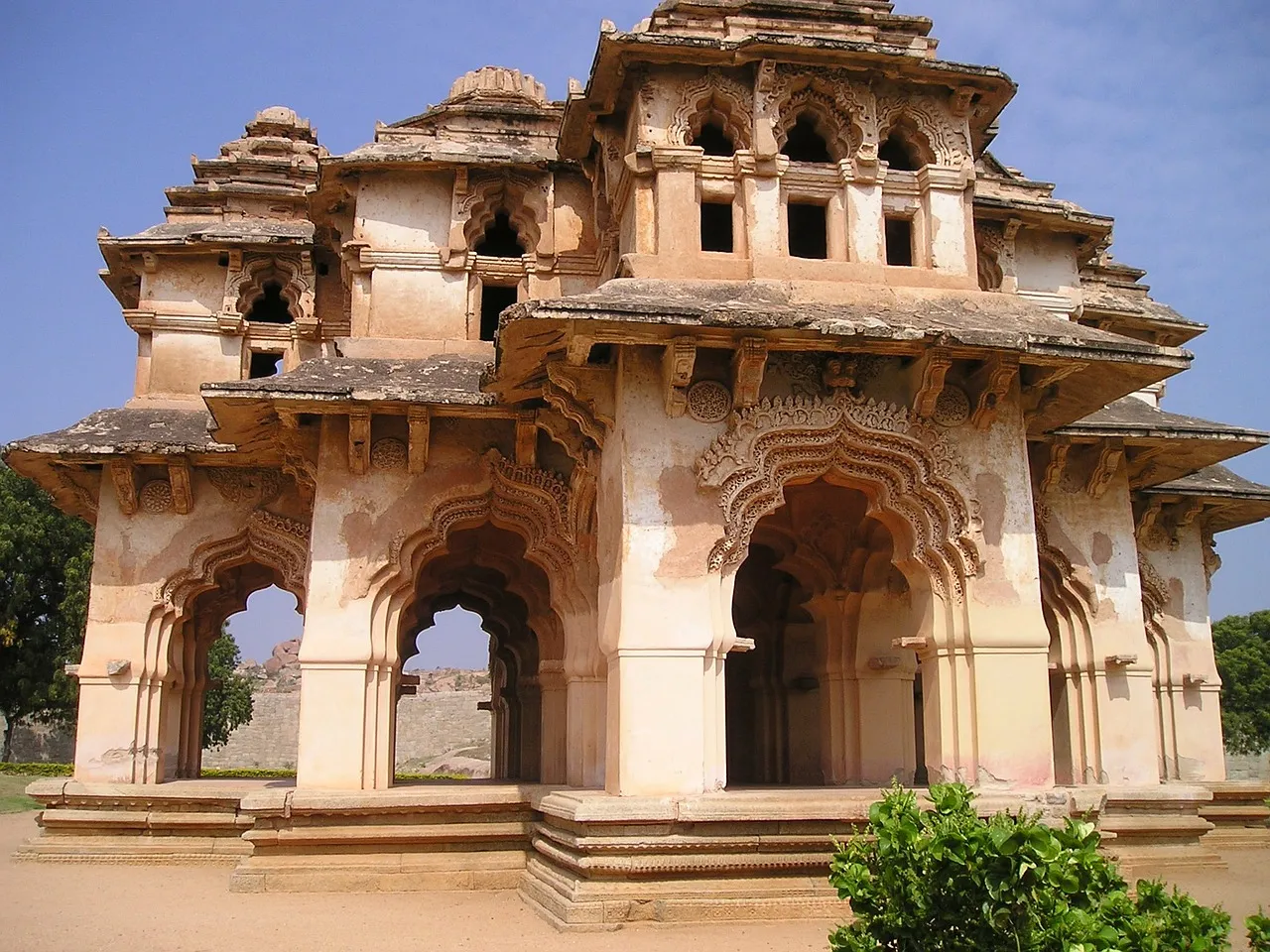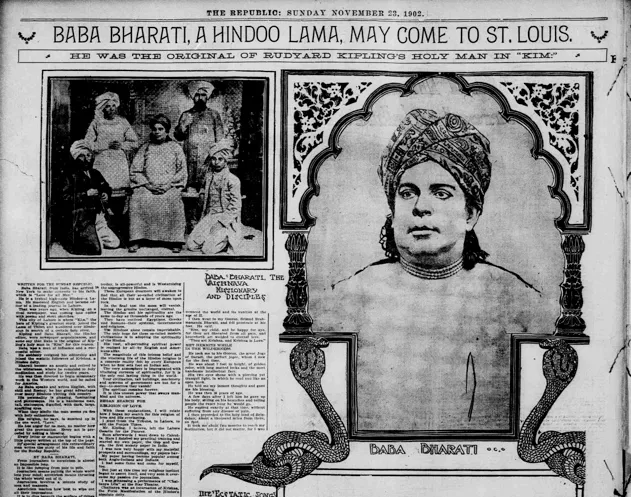I love the Delhi winter; I think it’s the best place to spend a winter in the world. Am I biased because I’ve been living there for about two decades, yes; but I digress.
Waking up bright and early to a chilly morning, walking up to the window to see nothing but white dense fog used to be one of my favorite things to do. Heading outside to the balcony, you can feel the weight of the fog, the distinct smell of moisture in crisp winter breeze, all the while your eyes see nothing but whiteness. You head back inside, turn the rusty old geyser on, while you sip on some hot chai along with some rusk and read the morning paper. One quick hot shower later, you are dressed in multiple layers of sweaters and thermals, maybe a jacket, and ready to leave for work.
Fog follows you around throughout the day. Around noon however, the sun shines brightly, raising the mercury just enough so that its comfortable, you have the chance to walk outside for a bit, and take in the sunshine, maybe take a layer or two off. Watercooler talk has never felt better. It’s a Friday, so you call up some friends and you decide to light up an angheeti tonight, you and your friends gather the coals barbeque rods, sit together in the balcony, hands over some red-hot coals, take in some much-needed heat, and barbecue some food. Life is good.
You try to go to sleep after everyone’s left but then you realize your already asleep. You were dreaming. Dreaming of a time, a couple of years ago. In December 2024, you wake up in Delhi, and rush to get your N95 mask on. It’s not fog that you see outside, it’s dense smog. It’s not moisture you take in, but hundreds of soot and ash per cubic centimeter
The transformation of Delhi’s winters from romantic fog to toxic smog isn’t a story that needs much introduction. The capital’s struggle with air pollution has become so notorious that it regularly makes international headlines.
In 2013, the most polluted city in India was Gwalior, with an average PM2.5 level of 329, with Delhi appearing in the top ten with an average PM2.5 level of 153 throughout the year. Although pollution levels were concerning globally - for instance, Beijing had an average air quality of 95 - Delhi was already recording levels twice as high. Then came what has been infamously christened in the annals of Delhi's history: the Great Smog of 2016. For the first time since 1980, pollution levels in Delhi crossed 999+, with PM10 levels also exceeding 999. Widespread panic ensued. Beyond wreaking havoc on the health of Delhi's denizens, it caused a 24-car pile-up on the Yamuna Expressway due to low visibility from dense smog. The Badarpur thermal power plant was temporarily shut down, along with numerous brick kilns and factories around the National Capital Region. Construction in Delhi was banned. The infamous odd-even rule was introduced by the Arvind Kejriwal government. Even festivals such as Diwali were affected.
The problem lies partly with geography - Delhi is situated in a basin where air tends to settle. Combined with the bone-chilling cold received in North India from November to February, you've got a perfect pollution condenser: cold air becomes heavy and sinks to the surface, causing fog and, more problematically, smog.
However, it would be extremely unfair to blame mother nature for what is fundamentally a man-made problem. While the cold may exacerbate conditions or create perfect conditions for this phenomenon, the root cause remains human-generated pollution in the northern regions of the country. This pollution comes from various sources: waste management burning, construction, and most importantly, politics and faulty lawmaking that have landed all of us in this smoke chamber. These factors combine to make Delhi unlivable for months each year.
Soon, media found the easiest target to blame for Delhi's condition: Diwali. While it's true that during Diwali and the days following it, pollution levels - especially heavy metal pollution from aluminum, lead, and other pollutants such as sulfur - comprise major portions of the PM2.5 particulate pollution, with fireworks accounting for ~94% and ~92% of the total PM2.5, these levels drop very quickly after Diwali, returning to pre-Diwali levels relatively fast, according to a study by IIT Delhi.
Media houses and almost all institutions of the state government were quick to embrace this explanation of Delhi's pollution, leading to politicians, major media houses, and even international media treating it as the definitive truth. Firecrackers were banned and curfew timings were set, which not only halted festivities but also damaged many businesses dependent on firecracker sales, with numerous wholesalers going out of business.
So what really causes this condition, if not Diwali? IIT Delhi's paper reveals that a large chunk of the PM2.5 pollution comes from stubble burning, which causes the pre-Diwali rise and maintains the post-Diwali levels. This stubble burning occurs in the months from September to November. The story begins with the Green Revolution and Punjab's agricultural history, leading to the 2010 act that put Delhi on the path to asphyxiation. The Green Revolution, initiated in the late 1960s, introduced High-Yielding Variety (HYV) seeds of rice and wheat to boost agricultural productivity in Punjab. This shift aimed to make India self-sufficient in food grains, particularly during a time of food scarcity post-independence. The resulting increase in paddy cultivation led to a significant rise in crop residue that needed management. The continued focus on paddy-wheat cropping systems has entrenched monoculture practices in Punjab's agriculture. This system depletes soil nutrients and necessitates rapid land preparation between harvests, further incentivizing stubble burning as a quick solution.
Growing vast quantities of these crops each season is extremely resource-intensive, causing massive drops in the groundwater table across Punjab, Haryana, and parts of Uttar Pradesh.
The Punjab Preservation of Subsoil Water Act of 2009 was introduced to protect the declining levels of the water table in the Northwestern states. This legislation imposed strict timelines for paddy sowing and transplantation. As a result, farmers had even more limited time to clear fields after harvesting rice, making stubble burning an appealing option despite its environmental consequences.
Farmers burn stubble twice a year – once in summer and at the beginning of winter. Stubble burning during September and October has a prolonged effect on air pollution, as plunging temperatures combined with low wind speeds push smoke into dense cities. During September and November last year, Punjab recorded 73,883 incidents of stubble burning; farmers produced 20 million tonnes of paddy residue, of which 980,000 tonnes were burnt. Around 17 million tonnes of rice straw is produced every year in Punjab, of which 90% is burnt in open fields. Historically, Amritsar burns more area of straw (673.99 km²) than other districts of Punjab, followed by Jalandhar, Ludhiana, Firozpur, and Patiala.
Delhi bears the brunt of this practice due to its geographical location and winter weather patterns. As temperatures drop and wind speeds decrease, smoke from surrounding agricultural regions gets trapped over the city, creating a toxic dome that persists for months. The solution to Delhi's winter woes lies not in quick fixes or single-source blame games, but in a comprehensive approach that addresses agricultural practices, urban development, and regional cooperation. Until then, Delhi's winters will remain a bittersweet memory – a reminder of what was once a season of joy, now transformed into months of respiratory distress and public health concerns.
As you stand on your balcony today, mask firmly in place, watching the grey haze that has replaced the pristine winter fog of yesteryears, you can't help but wonder: will future generations ever know the Delhi winter that we once cherished, or will it remain just a story of times gone by?
